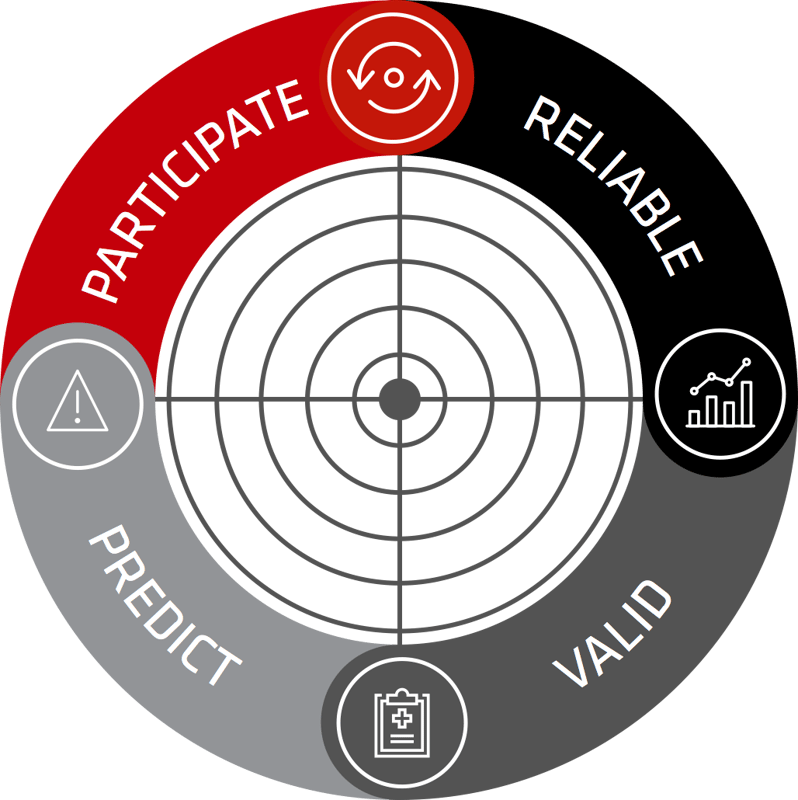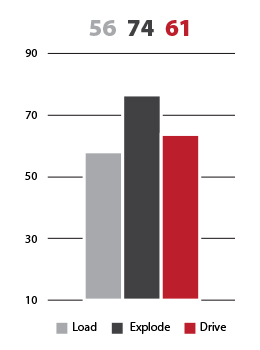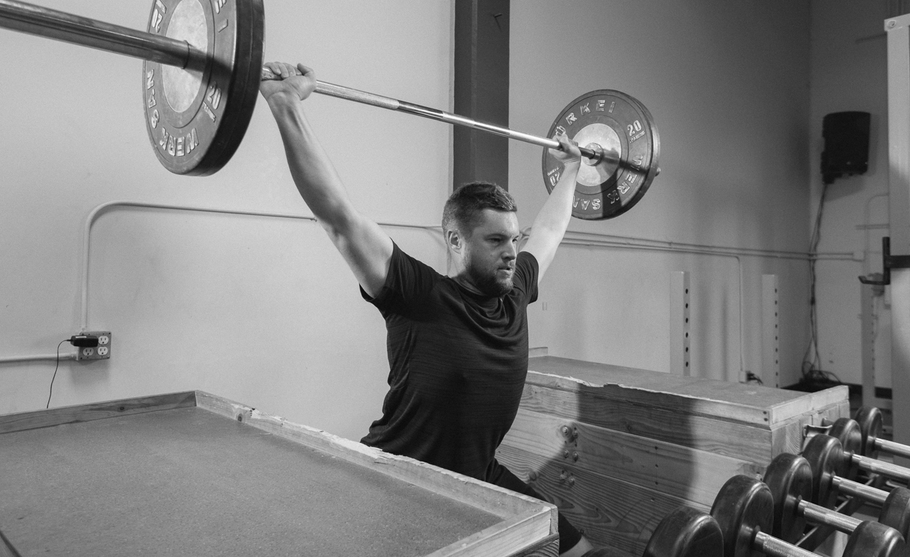
I recently attended the Specific Strength Conference and spoke on validation of coaching based on a medical model; specifically, building a scientific framework that can help support your philosophy.
Reliability: The first step in any process is to ensure the assessment or training variable is reliable. A term often synonymous with consistency or hitting the same location of a target repeatedly. Without reliability, there is no sound way to proceed further.
Validity: One of the biggest challenges in the validation process is accuracy because we often pursue the assessment or metrics itself. For example, we pursue fitness measured by a test or by workload in practice and competitions. Or we pursue strength and power, such as a maximum lift, a faster barbell velocity, or even a jump height.
However, this pursuit is not necessarily valid because the goal is much more obvious …play your sport at a higher level. Goals that measure workload or velocity are pursued because they are impressive and quantifiable. In reality, these pursuits can act as distractions which inhibit the process of developing our athletes to help them perform better.
Measuring the speed of barbell movements provides instant feedback on how quickly the weight was moved by the individual, ranging from a Tendo unit (a cable attached to the barbell end) to more sophisticated systems which use cameras to capture/report speeds. The research is laden with the benefits of such velocity training and deserves large credit for having an intent to each repetition and exercise. My favorite part of this concept is the repetition does not count if not done with proper quality. Specifically, in most environments, the repetition does not even count for the individual if a certain velocity threshold is not achieved.
But what if a faster barbell velocity did not help you perform better? What if a faster barbell velocity made you more prone to injury?
The hardest content for our new users to grasp from the Sparta signature is DRIVE, the concentric impulse of a movement, the duration of force production. Why would you want to move slower?

Because many of the best athletes have better tempo within their movements, especially rotational athletes. Losing force duration in favor of peak or average velocity is not their goal; it is why a pitching rubber exists and why a quarterbacks spends so much time on his footwork.
So why not use barbell velocity in the opposite direction? Why not measure and only credit movements below a certain velocity threshold? Providing this slower stimulus is often a better option for athletes that are already explosive, these individuals that excel at moving quickly.
Such a concept is often applied to basketball players or football players at the skill positions. The constant, chronic stimulus of quick force production on the court or field is exceptional, resulting in these athletes possessing incredible innate and/or trained movement velocities. We then have to ask the question, are we adding barbell velocity to their regimen simply because it is impressive to see their results, or is it actually a valid assessment being use to help their movement portfolio to be better and healthier in sport?
This idea of moving slower is not new as tempo training has always been around. Yet the evolution of technology is allowing us to measure and access more information so we would suggest the following.

Movements, whether a barbell or otherwise, are not about hamstrings/glutes versus quadriceps, it is about timing, especially if you hope to quantify your program both acutely and long term.
At University of Kansas, Coach Andrea Hudy and I went through a split squat + overhead squat workout, counting only repetitions at/below specific velocities.
Keep retesting movement patterns in a reliable way, through something like the Sparta signature, as you will also have access to a large, anonymous database so you know when your general movement pattern is too slow or too fast.